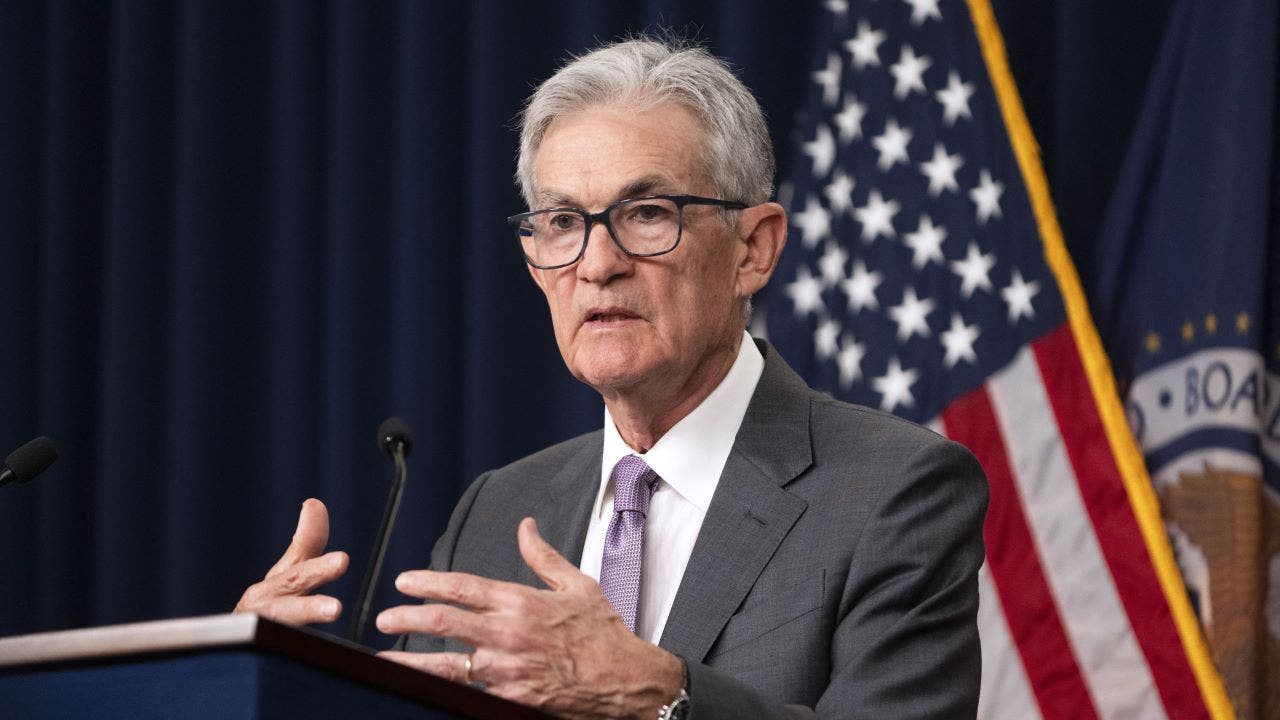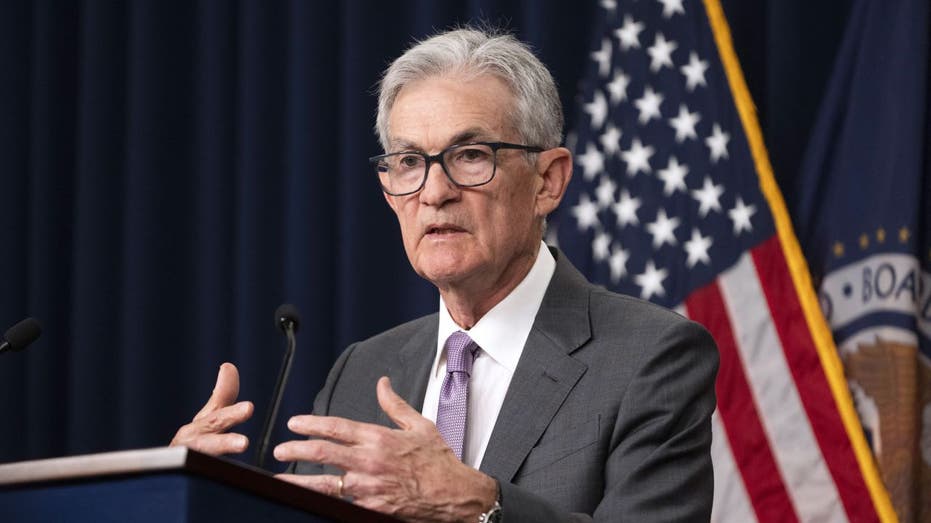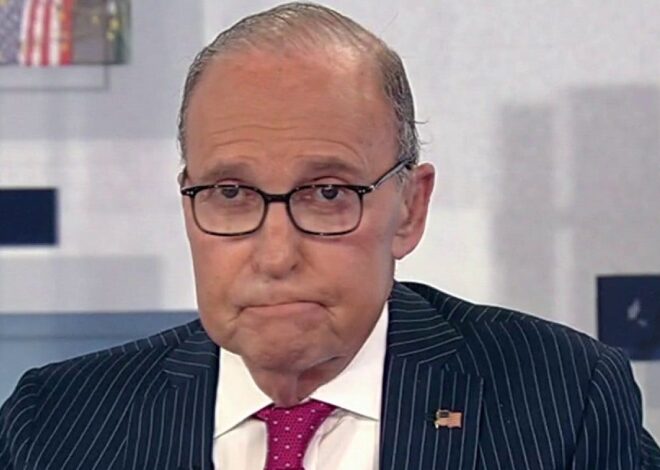
Fed cuts interest rates for second time amid signs of labor market weakness
Jerome Powell delivers remarks after announcing the Feds decision on interest rates.
The Federal Reserve on Wednesday announced its second interest rate cut of this year as policymakers moved to support the labor market despite inflation remaining above the central bank’s target.
Fed policymakers voted to lower the benchmark federal funds rate by 25 basis points to a new range of 3.75% to 4%. The move follows a rate cut of that size in September, which was the first reduction this year.
Policymakers have been monitoring economic data, which has shown a slowdown in the labor market in recent months as businesses grapple with changes in trade and immigration. Meanwhile, inflation has trended higher as tariff-related price hikes filter into government data.
Those trends have put the Fed in a bind as it looks to fulfill its dual mandate goals of stable prices in line with the 2% long-run target for inflation as well as promoting maximum employment.
POWELL POINTS TO PERSISTENT LABOR MARKET WEAKNESS AS GOVERNMENT SHUTDOWN DELAYS OFFICIAL REPORTS

Federal Reserve Chair Jerome Powell said the central bank remains attentive to risks to employment and inflation. (Roberto Schmidt/AFP via Getty Images / Getty Images)
The Federal Open Market Committee (FOMC), which guides the central bank’s monetary policy moves, noted in its announcement that there are risks to both sides of its dual mandate as job gains have slowed this year, with the unemployment rate edging higher but remaining relatively low, while inflation has increased and remains elevated.
The FOMC’s vote in favor of the rate cut was 10-2. Fed Governor Stephen Miran dissented in favor of a larger 50 basis point cut, while Kansas City Fed President Jeffrey Schmid was opposed to cutting rates at this meeting.
Fed Chair Jerome Powell said at the post-announcement press conference that policymakers remain focused on the dual mandate and noted that while the government shutdown has delayed some important economic data from federal agencies, the public and private data available “suggests that the outlook for employment and inflation has not changed much since our meeting in September.”
THE FED 5: BESSENT’S SHORT LIST FOR POWELL’S JOB
“Although official employment data for September are delayed, available evidence suggests that both layoffs and hiring remain low, and that both households’ perceptions of job availability and firms’ perceptions of hiring difficulty continue to decline,” Powell said.
“Inflation for goods has picked up. In contrast, disinflation appears to be continuing for services. Near-term measures of inflation expectations have moved up on balance over the course of this year on news about tariffs, as reflected in both market and survey-based measures,” Powell said, noting that longer-term expectations remain consistent with the 2% inflation goal.
“We remain committed to supporting maximum employment, bringing our inflation sustainably to our 2% goal and keeping longer-term expectations well-anchored,” Powell explained. “Our success in delivering on these goals matters to all Americans. We understand that our actions affect communities, families and businesses across the country. Everything we do is in service to our public mission.”
Powell said that the Fed saw both the September and October rate cuts as insurance, as it moved monetary policy closer to a neutral level in light of the dual mandate goals being in tension with the risk of higher inflation and a weaker labor market.
The chairman said that the September consumer price index showed the uptick in inflation for goods was due to tariff-related price hikes, while housing services inflation has been trending lower and non-housing services have moved sideways in recent months.
“If you add all that up, inflation away from tariffs is actually not so far from our 2% goal. We estimate — and people have different estimates of what that is — but it might be 5 or 6 tenths, and so if it’s 2.8%, then core PCE not including tariffs might be 2.3% or 2.4%,” he explained.
This is a developing story. Please check back for updates.

